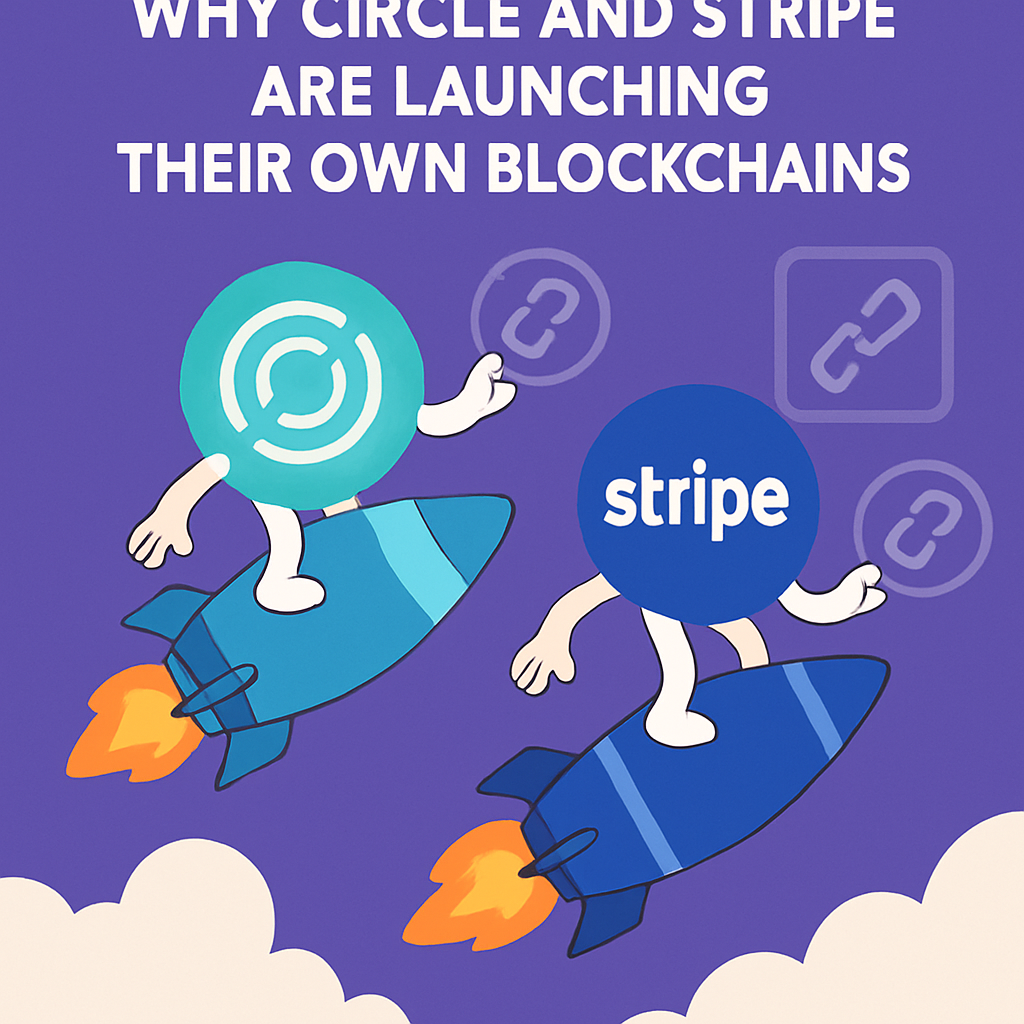Emergence of proprietary settlement networks
Payments firms Circle and Stripe have embarked on initiatives to deploy proprietary blockchains tailored for stablecoin settlement and tokenized asset infrastructure. Arc, Circle’s new settlement network, and Tempo, introduced by Stripe in collaboration with Paradigm, are designed to support high-frequency transactions, decrease reliance on public Layer 1 networks, and embed regulatory compliance directly into protocol architecture.
Rationale for dedicated chains
Industry analysts note that owning the underlying settlement layer enables firms to implement customizable fee structures, optimize transaction throughput, and integrate automated know-your-customer (KYC) and anti-money laundering (AML) checks. This approach aims to mitigate the impact of external network congestion, unpredictable gas fees, and governance risks associated with public blockchain platforms.
Competitive landscape
The influx of bespoke chains introduces new competition for established public Layer 1 networks such as Ethereum and Solana. Circle and Stripe’s offerings are positioned to attract institutional users seeking robust compliance, faster settlement times, and tighter integration with existing payment rails. Coinbase researchers have identified Solana as a potential target segment due to its emphasis on low-cost, high-throughput transactions.
Technical underpinnings and EVM compatibility
Both Arc and Tempo are EVM-compatible, facilitating seamless integration with existing smart contracts, decentralized applications, and development toolchains. EVM support reduces migration barriers for developers and enables rapid deployment of stablecoin minting processes and asset tokenization protocols.
Market reception and future outlook
Early reactions from institutional stakeholders have been cautiously optimistic, with expectations that proprietary chains may catalyze broader adoption of tokenized finance products. Ongoing partnerships with infrastructure providers, custodians, and wallet services are anticipated, creating a network effect that could challenge traditional settlement paradigms.
Potential challenges
Despite their advantages, proprietary networks face hurdles including the need to establish sufficient liquidity, earn developer trust, and navigate evolving regulatory frameworks. Ensuring robust security through audits and cross-chain interoperability measures will be critical for long-term viability.
Conclusion
Circle and Stripe’s strategic pivot toward dedicated blockchains reflects a broader trend of financial incumbents seeking greater control over digital asset settlement. By aligning technical capabilities with compliance requirements, these initiatives could reshape stablecoin issuance, tokenization, and cross-border payment infrastructures.
.
Comments (0)